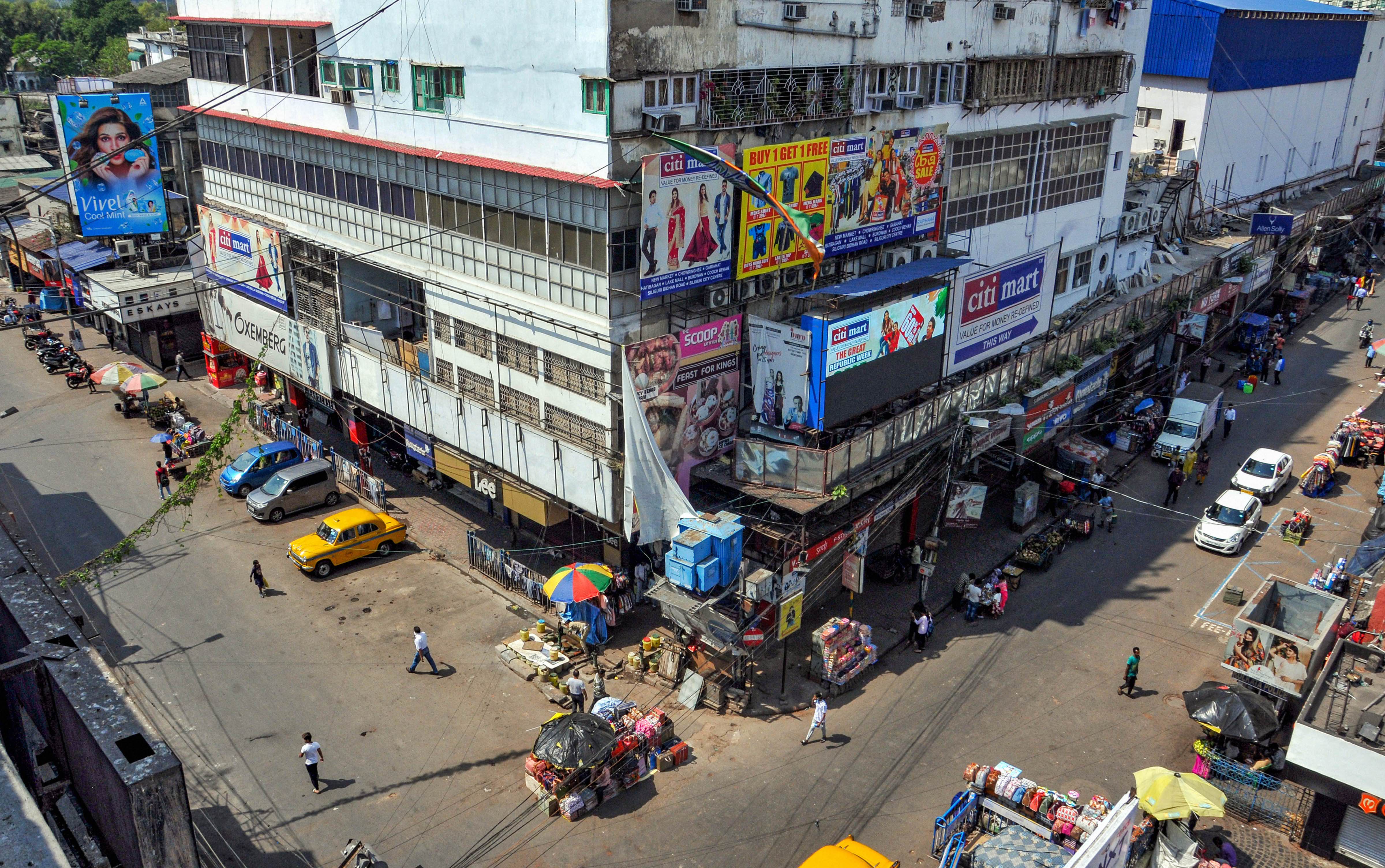
West Bengal bolsters health sector, but gaps remain

As the Union health ministry nudges states to bolster hospital resources amid fears of an Omicron-driven surge and IIT-Kanpur confirming a third wave of COVID-19, the focus is back on West Bengal’s health infrastructure.
The Bengal government increased its health budget this year to ₹16,368 crore from ₹4,608 crore in 2020-21 – 1.5 per cent of the state’s GDP. Earlier, it was 0.83 per cent of the GDP.
This year the government proposed to set up six medical colleges with a total intake capacity of 600 MBBS seats. The new colleges will be attached to existing district / referral hospitals.
Earlier the state had 26 medical colleges – 20 in the government sector and six in private. The intake capacity of these 26 institutions is 4,000 MBBS seats.
Also read: India helped liberate Bangladesh. Why are we mute in face of Myanmar crisis?
In addition to this, three more super-speciality hospitals are now under construction. After the deadly second wave of the pandemic early this year sparked oxygen shortage in hospitals, several new PSA oxygen plants have been attached to premier hospitals.
As of May 2021, West Bengal had only two running PSA oxygen plants, while three were under construction. Now the state has 52 such plants, according to health department officials. The proposal is to set up 105 PSA plants.
These positives notwithstanding, all is not well with the state’s health sector. Only last month, nurses from some government hospitals hit the streets protesting over alleged disparity between their pay and that of other government employees with similar qualifications.
“The pay discrimination has been there for years. For instance, a nurse with a diploma should be entitled to Level-12 pay but they get Level-9 pay. There is a difference of nearly ₹8,000 between levels 9 and 12. Nurses across all categories get less than what they should be entitled to,” said Bhaswati Mukherjee, the secretary of Nurses Unity, an association of nurses.
Also read: Naga tribes stand up to Army demanding repeal of AFSPA
An engineering diploma-holder gets Level-12 pay. They get less pay despite being overworked due to an acute shortage of nurses in the state that churns out annually only about one-fourth of its total requirement of caregivers.
As per an estimate, 70 per cent of the nurses in the state’s private hospitals are from north-eastern states, Jharkhand, Kerala and Karnataka.
There is a similar shortage of doctor. According to the National Health Profile, a government doctor in West Bengal caters to 10,411 patients. The ratio, though slightly better than the national average of 1:11,082, is dismal considering that the WHO’s recommended ideal doctor-patient ratio is 1:1000.
The government is using the services of quacks and also allowing experienced nurses to function as practitioners providing basic treatment for common illnesses to address the problem of shortage of doctors.
“There is a shortage of doctors in the state… but we cannot get them overnight. It takes time for a doctor to be trained,” said Chief Minister Mamata Banerjee who doubles as health minister.
The Association of Health Service Doctor also recently raised questions about the infrastructure available in the state’s 43 existing super-speciality hospitals and 350 block and village level hospitals.
Health officials are also worried about the state’s genome sequencing infrastructure amidst a directive from the India’s apex disease control agency earlier this week that all COVID-19 positive samples from Kolkata be sent for such sequencing.
The National Centre for Disease Control issued similar directive for seven other metro cities amidst growing cases of Omicron.
The National Institute of Biomedical Genomics in Kalyani in West Bengal has the capacity to do sequencing of 5,000 samples in a month.
On Friday Kolkata registered 217 new cases of COVID-19. All these cases have to be sent for genome sequencing as per the NSDC’s latest directive.
“If the case load continues to be over 200 in the city, the NIBG, which also caters to the genome sequencing need of the north-eastern states, will run out of capacity,” a health official said.


